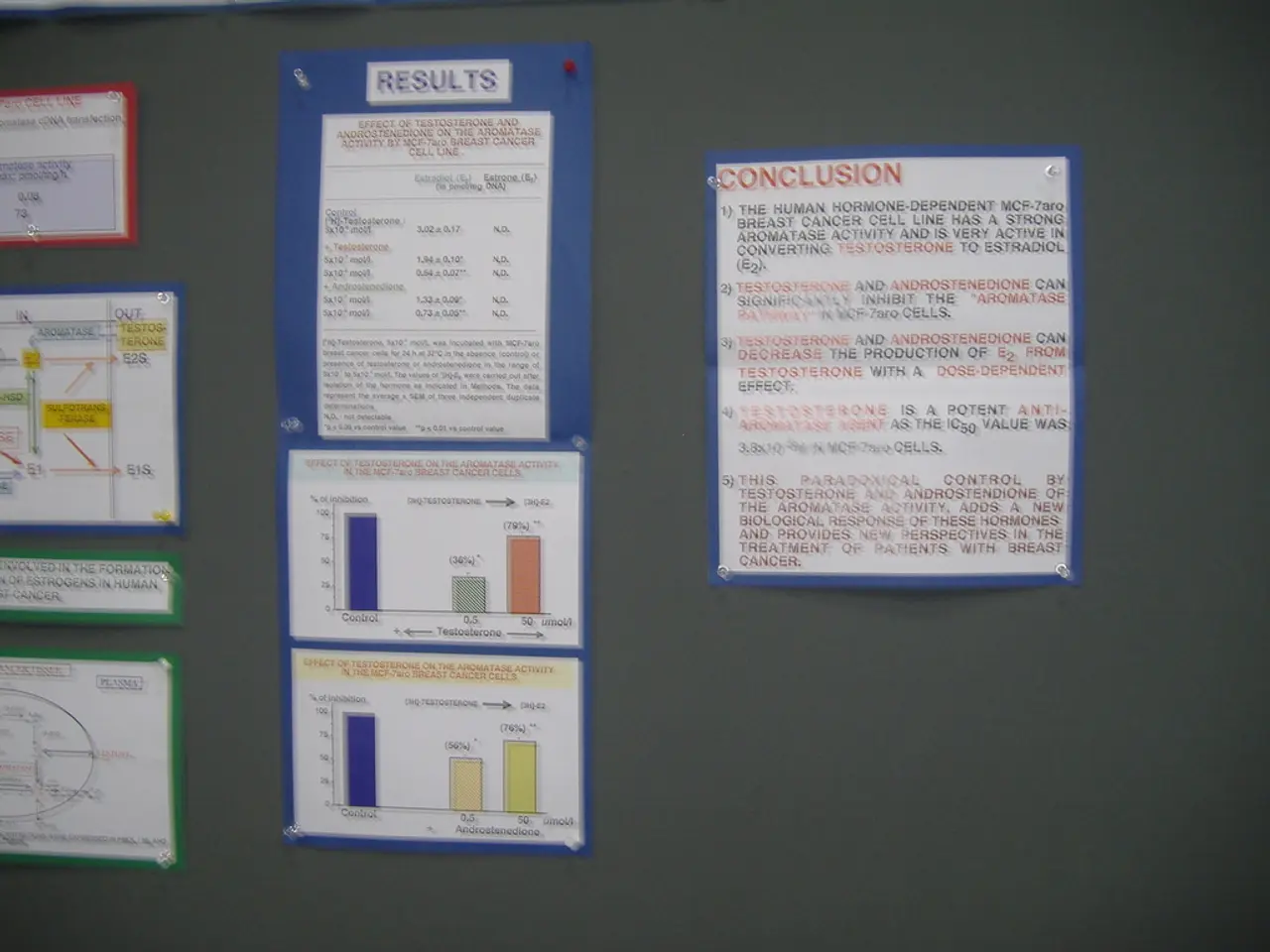Decrease in Pre-Tax Profits by 75% for PTSB during First Half of the Year, Yet Deposits Increase
Permanent TSB (PTSB), one of Ireland's leading financial institutions, has reported a decrease in profits before tax for the six months ending June 2025, marking a 75% drop compared to the same period last year. The bank's profits fell to €19m, down from €75m in 2024.
The main factors contributing to the lower profits and income for PTSB were a 7% decrease in net interest income (NII), primarily due to a lower interest rate environment. The reduction in European Central Bank (ECB) interest rates lowered interest income on lending and treasury assets. Higher interest costs on term deposits partially offset the lower wholesale funding costs. As a result, the bank's net interest margin (NIM) slightly reduced to 2.02% from the previous year.
Despite these challenges, PTSB demonstrated strong operational progress. New mortgage lending increased by 84% year-on-year, and Business Banking lending grew by 23%. Deposits increased by 7%, the mortgage book grew 3%, and the Business Banking book expanded 14%. Operating expenses were reduced by 1%, showing efficiency improvements. The bank maintained strong liquidity and capital metrics, with a Common Equity Tier 1 (CET1) ratio of 15.5% at June 2025.
PTSB is advancing a three-year business strategy focusing on growth in new lending and market share expansion. The bank plans to restart dividend payments in 2026, subject to financial position and approvals, signaling confidence in recovery. Updated Internal Ratings-Based (IRB) mortgage models have been submitted for regulatory approval, expected to enhance capital efficiency and support future growth. PTSB aims to further grow its consumer lending market share by offering competitive and differentiated products.
In the first half of 2025, PTSB recognized an exceptional charge of €29m associated with the scheme. The bank's non-performing loans were little changed at €387m, representing 1.8% of gross loans. PTSB's guidance for 2025 remains unchanged, and the bank intends to restart dividend payments to shareholders next year, subject to financial position and required approvals.
Green mortgage lending accounted for 43% of all new mortgage loans in the six-month period. PTSB's staff numbers at the end of June 2025 were 3,085, a decrease of 162 or 5% compared with 3,247 at the end of December. The annualized cost savings from the severance scheme will be approximately €19m a year.
PTSB's new mortgage lending for the six months to the end of June 2025 increased by 84% compared to the same period last year, amounting to €1.3 billion. The bank's share of new mortgage drawdowns in the six-month period was over 20%, up significantly from 13.5% the same time last year. PTSB's total gross loans rose to €22.2 billion in the first half of 2025, an increase of about 2% year to date and almost 4% year-on-year.
Despite the lower profits, Eamonn Crowley, TSB's chief executive, expressed satisfaction with the bank's performance in the first half of 2025. Customer deposits for PTSB rose by 7% to €25.2 billion in the six-month period. PTSB recorded a nil charge in the income statement for the first half of 2025. There is a strong market appetite to invest in PTSB, as demonstrated by the success of NatWest's recent share disposal.
In summary, PTSB’s lower profits in H1 2025 were primarily due to the lower interest rate environment reducing net interest income and increased deposit costs. The bank plans to recover by continuing strong lending growth, maintaining efficiency, leveraging capital strength, and implementing its strategic growth plan over the coming years.
- The decrease in profits before tax for PTSB was influenced by a reduction in net interest income due to the lower interest rate environment in the industry, as well as increased costs in the banking-and-insurance sector on term deposits.
- Despite the challenging financial environment, PTSB demonstrated growth in various business sectors, such as a 84% increase in new mortgage lending and a 23% growth in Business Banking lending, indicating the bank's strategic focus on growth in new lending and market share expansion in the industry.




